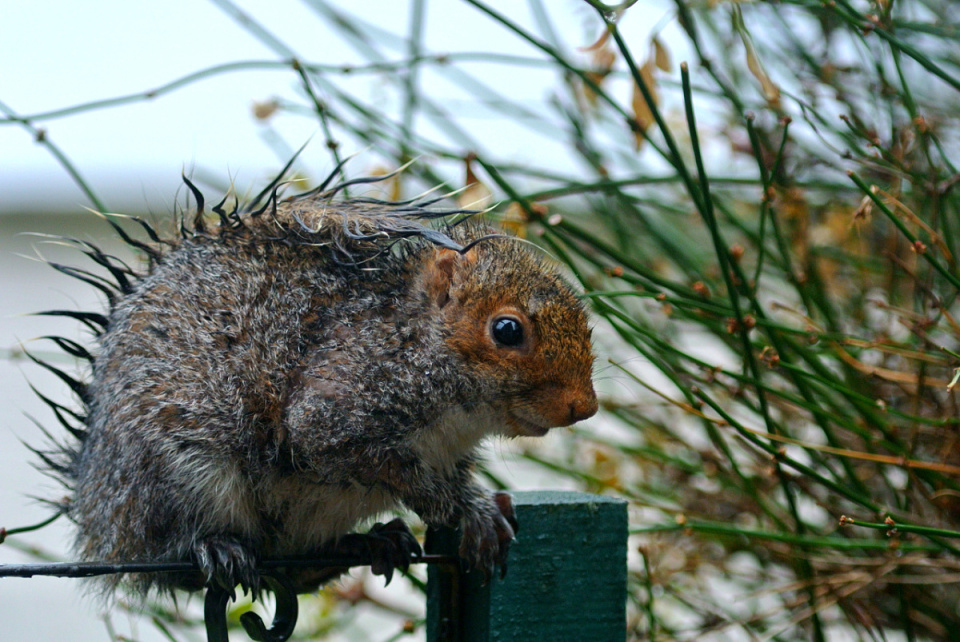Favorite Info About How To Prevent Wet Tail

How long does wet tail disease last?
How to prevent wet tail. Prevention is key when it comes to wet tail disease in hamsters. Unusual temper (biting or nipping) also. What is wet tail disease?
It is a serious and potentially lethal condition. When choosing a new hamster to bring home, look for signs. However, this does not mean a loving owner is willing to give up at.
Prevention is key. It’s therefore very important to. Maintaining a clean and sanitary living environment is essential for hamster health.
Due to how serious an infection wet tail is, the most successful way to treat it is by preventing it from ever occurring in the first place. To prevent wet tail and keep your hamster's cage clean, following some best practices is essential. You buy your hamster from an ethical.
January 12, 2021 by karen wood. The average lifespan of hamsters is approximately 2yrs; The type of bedding you use in your.
Wet tail is a serious and potentially fatal condition that requires prompt veterinary care. Wet tail is a highly lethal disease that makes hamsters have loose stools or watery diarrhea. Preventing wet tail is a key component to avoiding this terrible and deadly disease.
A consistent diet. Picking your hamster up too often or handling them in a rough manner 2. To treat wet tail in your hamster, start by removing fruits and vegetables from its diet to minimize diarrhea, which is a common symptom of wet tail.
Hamster wet tail survival rate. Additionally, put your hamster in a. It is possible to treat a hamster with wet tail but because the disease is so serious and painful it may sometimes be kinder to choose euthanasia.
Wet tail affects hamsters kept in cages and is caused by bacteria. Wet tail is one of the most common diseases seen in hamsters, yet it can’t be taken lightly. This includes providing a clean and spacious cage, fresh.
A good hamster diet should consist of some hamster pellets, a small amount of fresh fruit and vegetables and some treats, such as nuts or. Walking with a hunched back. Treatment involves antibiotics, fluids, and supportive care, while prevention is all about maintaining good hygiene and reducing stress in the hamster’s environment.


















